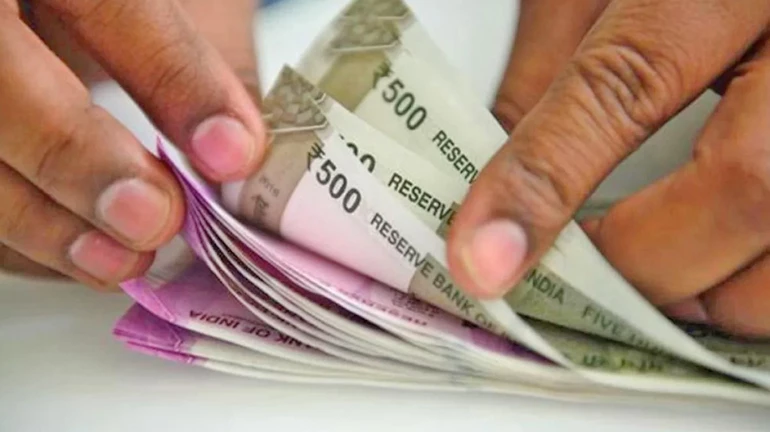
In a swift response to the union government's recent approval of the Unified Pension Scheme (UPS), the Mahayuti government has greenlighted the same for approximately 8.3 lakh state employees. The decision was finalized during a cabinet meeting on Sunday, ensuring that these employees will start receiving benefits under the new scheme from March 2024. Under the UPS, these employees will be eligible for a pension amounting to 50% of their basic pay combined with dearness allowance.
Employee Unrest and Strike Threats
The approval of the UPS comes against a backdrop of unrest among government and semi-government employees. A total of 1.4 million employees, including Class 1 officers, Class 4 workers, and teachers, had been gearing up for an indefinite strike starting August 29. Their demand was for a formal notification of the revised pension scheme announced earlier in March 2024 by Chief Minister Eknath Shinde. Despite the announcement, the Federation of Government Officers and Employees reacted cautiously. According to Vinod Desai, president of the Maharashtra State Gazetted Officers Federation, around 8.3 lakh employees had joined after November 1, 2005, placing them under the NPS. The Federation has stated that it will review the details of the revised scheme before deciding on further actions.
Details of the Revised Pension Scheme
The revised pension scheme introduced by the Mahayuti government is said to be closely aligned with the scheme approved by the union government for its employees. According to a finance department official, the scheme not only includes a pension equivalent to 50% of basic salary and dearness allowance but also offers a family pension. This provision ensures that the surviving family members of a retired employee will receive 60% of the pension amount along with dearness allowance, providing additional financial security to families.
Financial Implications and Employee Choices
As part of the new scheme, employees will need to actively opt into the UPS to receive its benefits. The calculation of pensionable service will consider only those periods during which the employee made contributions. However, if there are gaps in contributions, the employee can still validate those periods by paying the missed contributions along with a 10% interest charge. This structure aims to balance the state's financial responsibilities with the needs of its employees. The state government currently spends around ₹53,000 crore annually on the Old Pension Scheme (OPS) and ₹7,686 crore per year on the NPS, according to figures released by the finance department in March 2024. The shift to the UPS is expected to streamline pension expenditures while providing enhanced benefits to employees who opt in.





